Using a flash that sits on top of your camera is the easiest way to make your photos look flat and boring. When we are taking a photograph what we are actually trying to do is trick the mind into thinking we have created a three-dimensional image on a two-dimensional plain. To achieve this shadow is our best friend.
Let us use a portrait as an example. This lovely picture was…
It’s the reason your photos at home look yellow, it’s the science of light and it has awesome creative possibilities. It can also be a pain in the behind.
Before I start complaining I should explain a bit more about what white balance actually is and to do that you have to understand light a little better. As photography is all about light than learning a little bit more about…
The problem with photographers (mostly us boys anyway) is that we can be a big bunch of geeks. We obsess of tiny details in our images and our process. To be honest that should come as a relief to many of you if you’re hiring a professional photographer but what about when you are creating your own images?
I don’t really want to get into a debate about whether you should…
By now you should have a fairly good idea of what your aperture and shutter speed actually does, especially if you’ve tried my little experiments. We’ve also talked about moving on from automatic modes but this article is a slight step back as we’ll be firing on semi-automatic.
What are Aperture and Shutter Priority modes?
Basically what we’re telling our…
If you have been following these posts for the last few weeks then hopefully you will have a better understand of what ISO, Shutter Speed and Apertures are.
I recommend that you try out the little experiments that I have suggested in each articles as it much easier to do rather than to read.
Depending on what type of camera you use it’s likely that if it is a DSLR then you…
In final corner of our exposure triangle is nearly complete! We’ve cover ISO and Shutter Speed now its time for Aperture.
Control over Aperture is really where photography goes from mmmmh to AWESOME. The reason is that we can add depth to our images. We can make two-dimensional images appear to look three-dimensional without the need for silly glasses, now that’s…
We’ve talked about the Exposure Triangle and the first element of that which was ISO. The next element I’m going to talk about in Shutter Speed.
Simply put, your shutter speed is how long your shutter is open and exposing your camera’s senor to light.
Back in the very early days of photography the cameras used wet metal plates covered in a similar coating…
In our last post Learning about Exposure I talked about the Exposure Triangle. One of the three elements of that is ISO.
ISO (Which stands for International Standards Organization) is the measure of sensitivity that your camera has to light.
In a way, this is a bit of a throwback to the film days and to be honest, not a completely standardised measurement in terms of quality. It is…
If you are going to learn photography basics then there’s a few simple fundamentals that you need to understand.
The first is to answer the question ‘What is Photography?’
If you’re looking for a philosophical answer to that question then read Towards a Philosophy of Photography By Vilém Flusser
Otherwise think of photography as nothing more than…
Welcome to our first photography basics blog post at London Mums. Every other week we’ll be going through some photo fundamentals to help you go from shooting everything in blind automatic mode to awesome photographer (or close enough).
To compliment these posts we also have a fortnightly weekly photo challenge. Every other week we’ll set a theme and your homework for…


